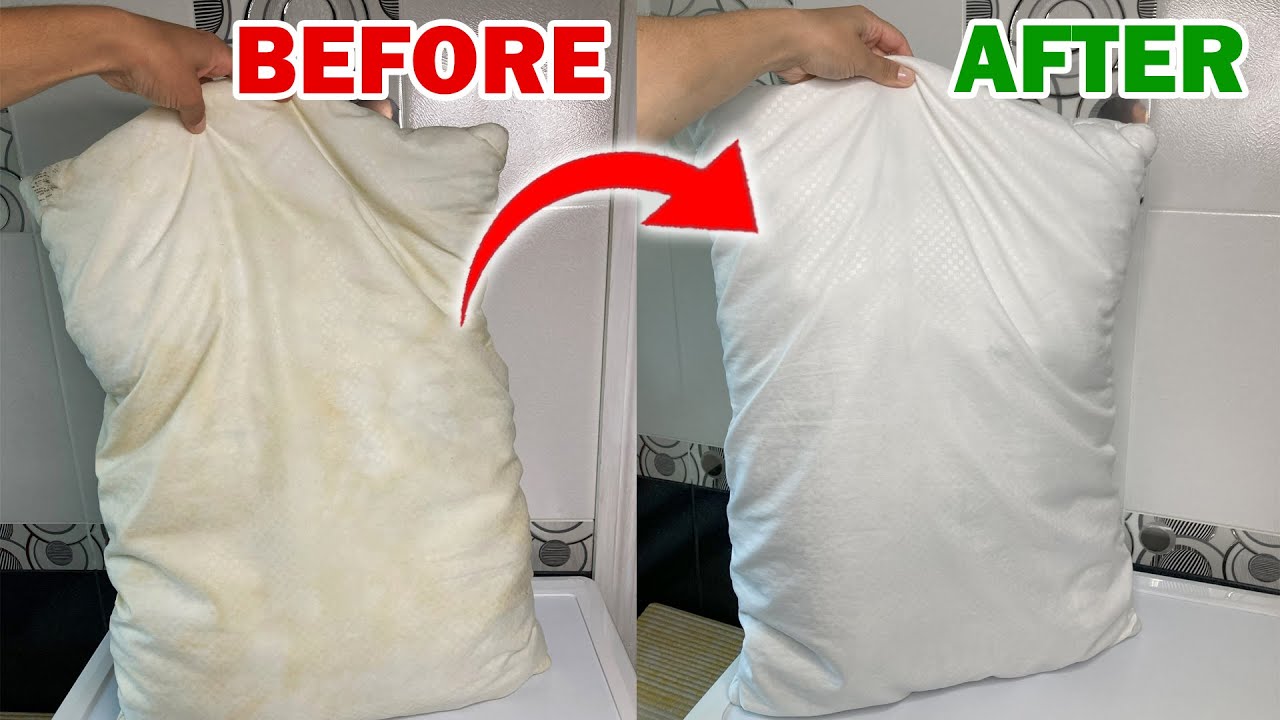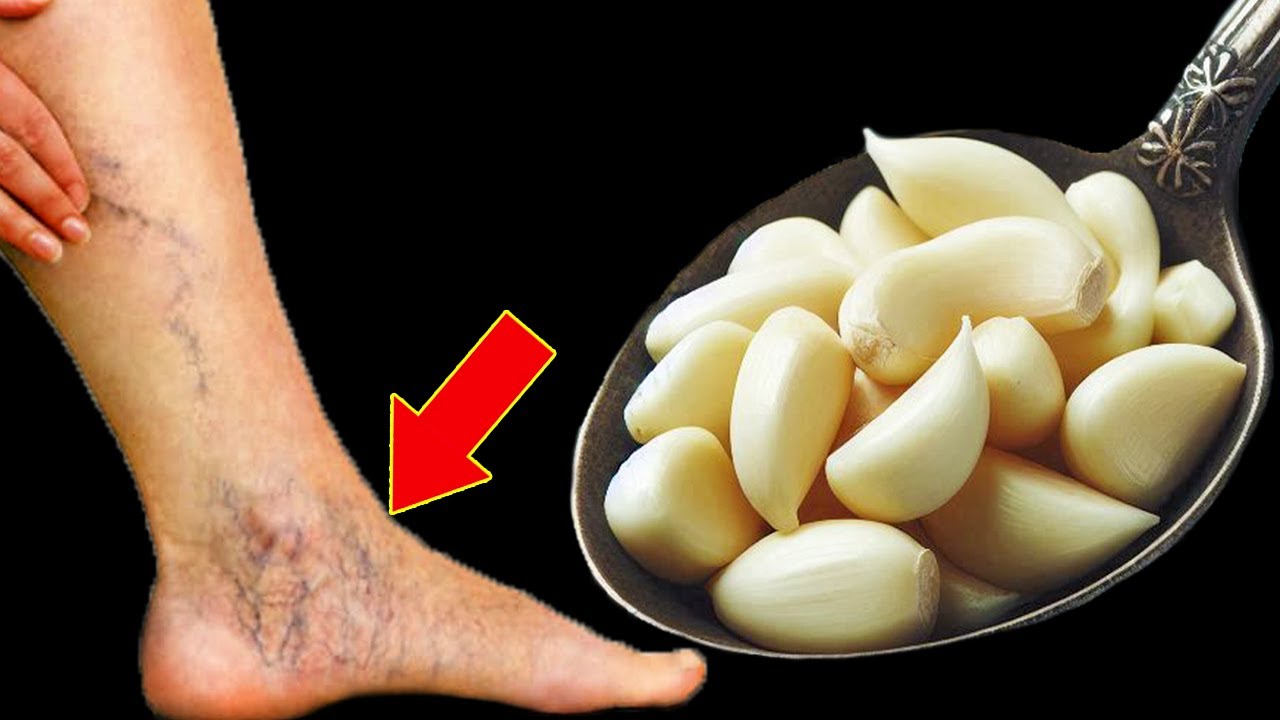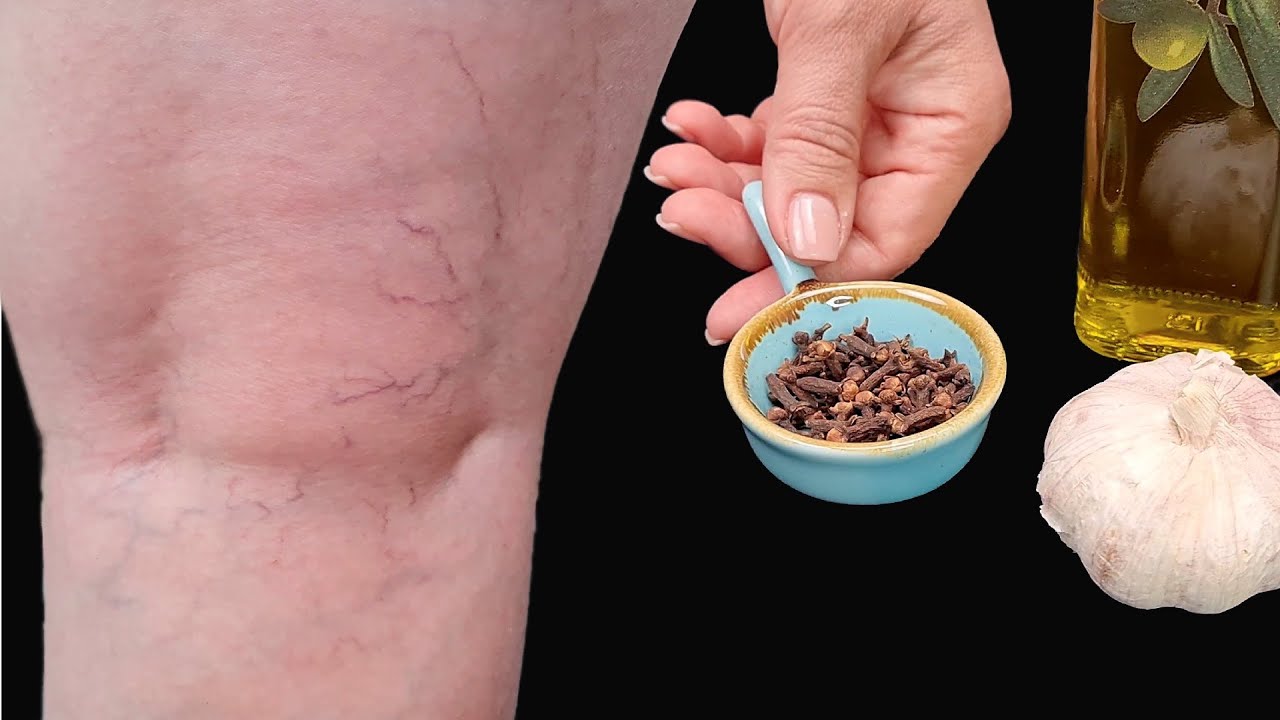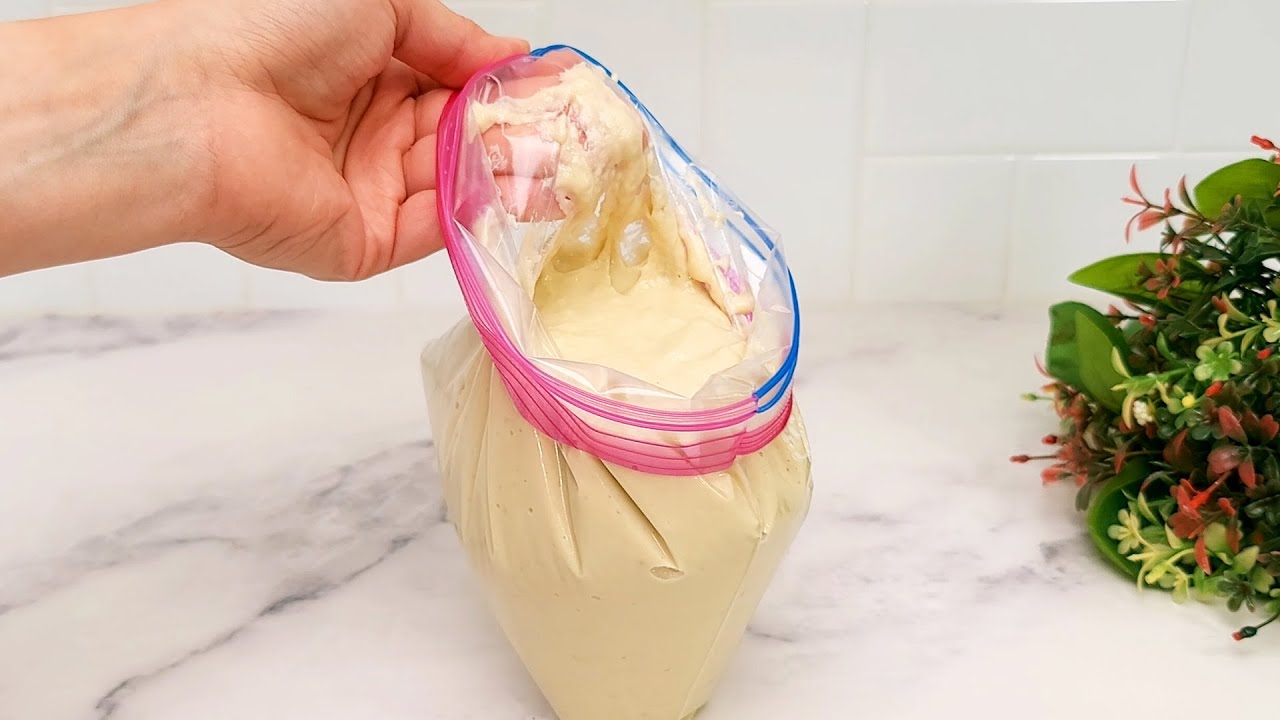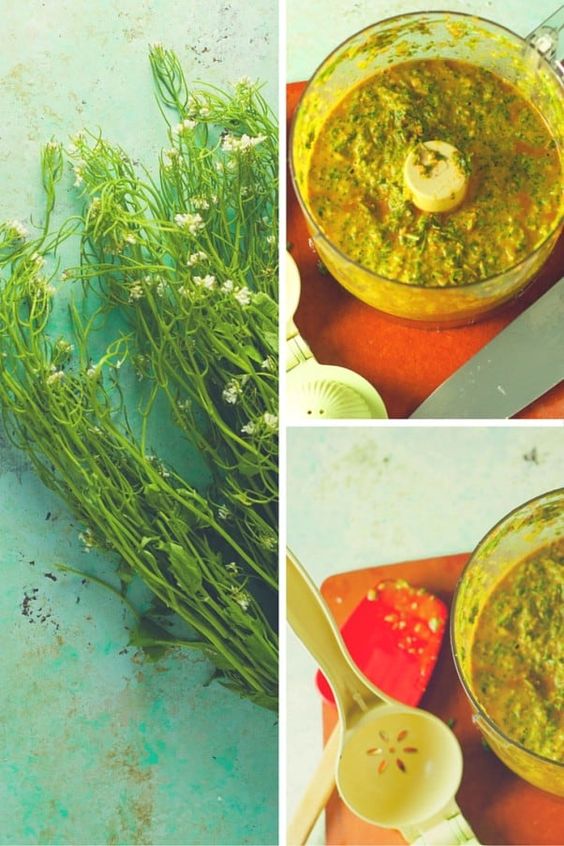
Introduction: Who doesn’t love the rich, tangy flavor of a good mustard? Better yet, imagine making your own gourmet herb mustard using fresh herbs from your garden or local market. This homemade condiment can elevate even the simplest dish to something special. Plus, making your own mustard allows you to enjoy all the flavor without any unnecessary additives. Here’s how you can create a delicious, healthy herb mustard right in your own kitchen.
Ingredients:
-
1/4 cup yellow mustard seeds
-
1/4 cup brown mustard seeds
-
1/3 cup white wine vinegar
-
1/3 cup water
-
1 tablespoon honey or maple syrup (optional, for a touch of sweetness)
-
1/2 cup finely chopped fresh herbs (such as dill, tarragon, or thyme)
-
1 teaspoon salt
Preparation Steps:
-
Soak the Mustard Seeds: Combine the yellow and brown mustard seeds with white wine vinegar and water in a small bowl. Cover the bowl and let the seeds soak overnight. This softens the seeds and starts the process that releases their pungent flavors.
-
Blend the Mixture: After soaking, transfer the mustard seeds and liquid to a food processor. Add honey or maple syrup if you’re using it. Blend the mixture until it reaches your desired consistency. For a smoother mustard, blend longer. For a coarser texture, pulse just a few times.
-
Add Fresh Herbs and Season: Once you’ve achieved the right texture, stir in the chopped fresh herbs and salt. The fresh herbs not only add incredible flavor but also a beautiful speckle of green to your mustard.
-
Let the Flavors Develop: Transfer the mustard to a glass jar and seal it tightly. Let the mustard sit in the refrigerator for at least 48 hours before using. This resting period allows the flavors to meld beautifully.
Uses and Benefits: Your homemade herb mustard is not just a treat for the taste buds; it’s also packed with health benefits. Mustard seeds are known for their anti-inflammatory properties and are a great source of omega-3 fatty acids, magnesium, and selenium. Fresh herbs bring in antioxidants and additional anti-inflammatory benefits.
Serve your mustard as a spread on sandwiches, a lively addition to dressings, or as a delightful accompaniment to cheese and charcuterie boards. It’s sure to impress your guests or add a touch of gourmet to your daily meals.
Conclusion: Making your own herb mustard is a simple and satisfying project that not only spices up your condiment collection but also supports your health with natural ingredients. This recipe is adaptable, so feel free to experiment with different herbs and adjust the sweetness to suit your taste. Enjoy the process and relish your delicious, homemade mustard. Happy cooking!
